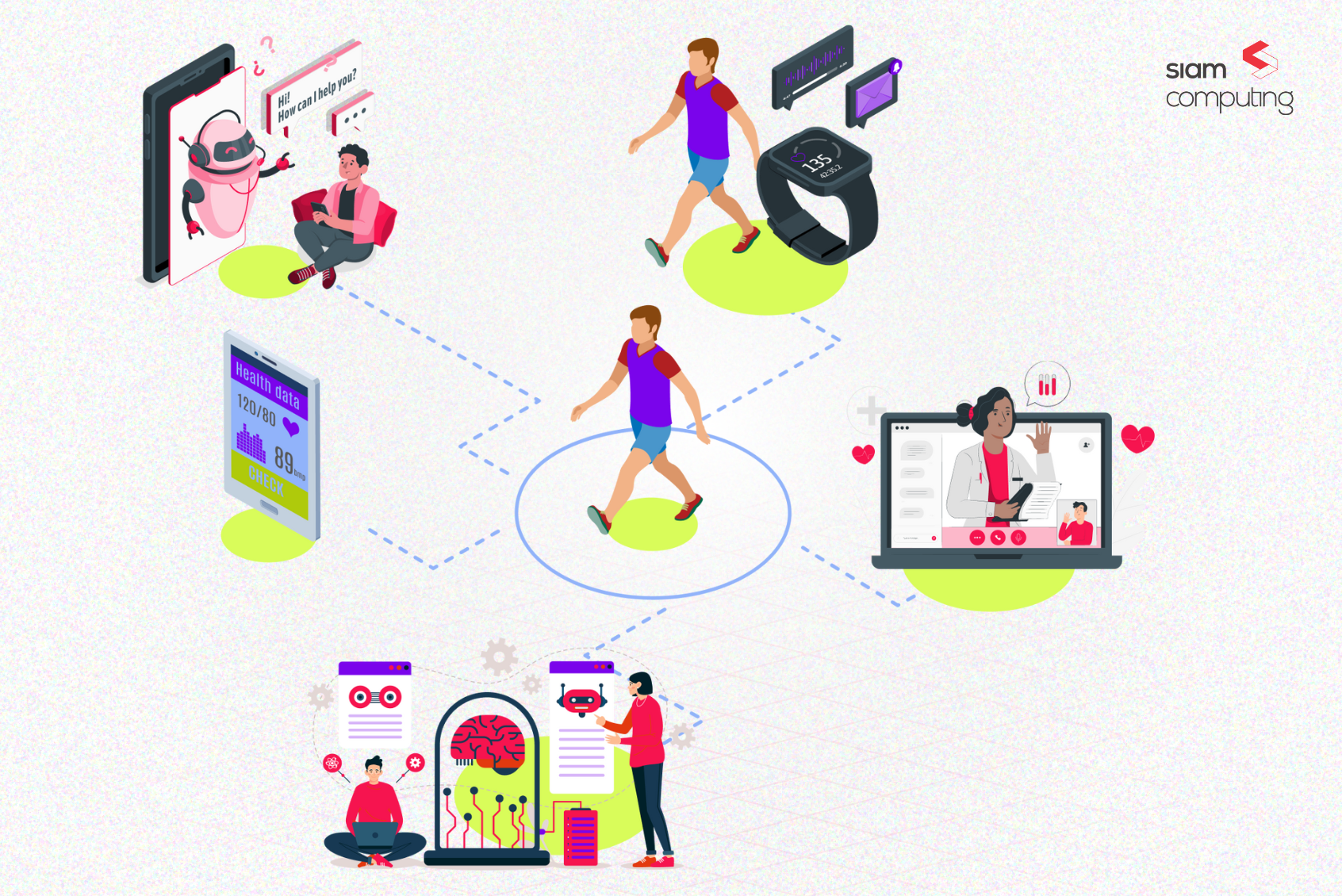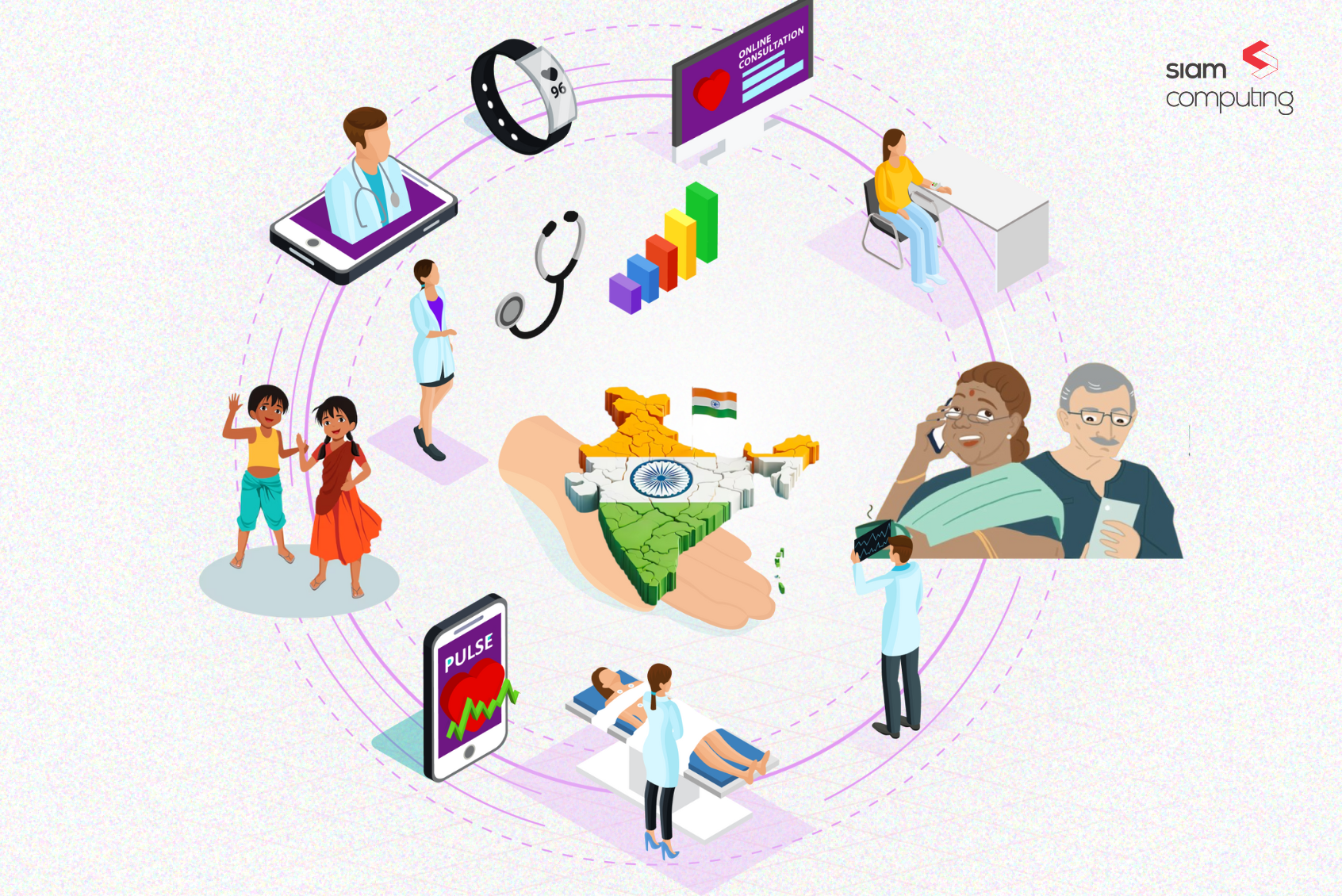In the Direct-to-Consumer (D2C) market, the battle for customer loyalty is fiercer than ever. The hopes of exponential growth and gains in revenue can quickly turn into fears of declining sales and market irrelevance when customers start to churn. And, it’s no secret that it costs significantly more to acquire a new customer than to keep an existing one.
Yet, customer churn remains a persistent challenge for many businesses in this industry. The question is: How can D2C companies win back lost customers effectively? The answer lies in adopting a user-centric approach to product development or redevelopment if your business is unfortunately facing customer churn.
At Siam Computing, we recognize the pivotal role that customer retention plays in the success of D2C businesses. We understand the unique hopes, pains, gains, and fears that product companies face in their quest to win back lost customers.
In this comprehensive guide, we will explore the strategies and principles that can help your D2C business retain its valued customers, turn them into loyal advocates, and win back lost customers. By placing the customer at the heart of your product development process, you can create products and experiences that resonate, engage, and ultimately win back those who have strayed.
The Cost of Losing Customers
Losing customers can have a far-reaching impact, both financially and emotionally. Let’s begin by examining the profound consequences of customer churn.
The Financial Toll
Losing customers directly impacts your revenue stream. For many D2C businesses, a significant portion of their revenue comes from repeat customers. When these loyal patrons depart, it leaves a noticeable dent in the balance sheet. The cost of acquiring new customers often far exceeds the cost of retaining existing ones, making customer retention a financially savvy strategy.
The Emotional Weight
Beyond the numbers, there’s an emotional toll that founders and leaders of product companies experience when customers churn. It’s the fear of witnessing their hard-earned market share dwindle and the pain of realizing that loyal customers have switched allegiances. This emotional investment in the success of their products can be just as taxing as the financial aspect.
Understanding the Reasons for Customer Churn
Before we dive into the user-centric approach, it’s essential to grasp why customers churn in the first place. With customers having more choices than ever before in the D2C landscape, several factors can contribute to customer churn. Here are the top 5 that we have observed in our journey of working with D2C brands.
Price Sensitivity
Customers are price-conscious. If they find a similar product at a lower price elsewhere, they might switch loyalty.
Product Dissatisfaction
Quality matters. If your product doesn’t meet expectations or lacks the features customers desire, they’ll look for alternatives.
Poor Customer Service
Negative interactions with customer support can lead to customer dissatisfaction and churn.
Competition
Your competitors are constantly innovating. Customers may leave if they perceive better value or innovation elsewhere.
Changing Customer Preferences
Tastes evolve. Customer preferences can shift, and your product may no longer align with their needs.
Understanding the specific reasons behind your customer churn is the first step toward winning them back. It’s not enough to know that customers are leaving; you must uncover why they’re leaving. Once you’ve identified these pain points, you can tailor your user-centric approach to address them effectively.
Understanding the Customer’s Journey
To navigate the path of winning back lost customers, founders and leaders must first understand the intricate route customers take. The customer’s journey is like a map, filled with critical touchpoints and decision-making moments.
By gaining a deeper understanding of this journey, you can pinpoint the hopes, gains, fears, and pains that drive customer behavior.
Customer Journey Mapping
Customer journey mapping is an invaluable tool in this quest. It involves dissecting the entire customer experience, from initial awareness to post-purchase support. By visualizing this journey, you can identify key interaction points where customers encounter challenges, hesitations, or frustrations.
Creating Customer Personas
One of the most effective ways to empathize with your customers’ hopes, gains, fears, and pains is by developing customer personas. These are detailed, semi-fictional representations of your ideal customers. Personas help humanize your target audience, making it easier to anticipate their needs and desires.
Collecting and Analyzing Customer Feedback
To truly understand your customers, you need to listen to their voices. This means actively soliciting and analyzing feedback. This feedback can come from various sources, including surveys, social media, and customer support interactions. Pay close attention to recurring pain points and areas where customers express frustration or disappointment.
Understanding the customer’s journey is the first step in aligning your product development strategy with your customers’ needs and expectations. By recognizing their hopes and gains, as well as addressing their fears and pains, you can create products and experiences that resonate deeply with your target audience.
Building a User-Centric Product Development Strategy
In the past, product development often revolved around the vision of the company. However, in today’s highly competitive D2C landscape, customer preferences are paramount. Successful companies have recognized the need to shift from a product-centric to a user-centric approach.
Understanding the customer journey lays the foundation for building a user-centric product development strategy. It can help founders and leaders of product companies align their offerings with customer expectations and desires.
This means that instead of merely creating products and hoping they resonate with customers, you actively involve customers in shaping your products.
Key Principles of a User-Centric Approach:
Gathering and Analyzing Customer Feedback: Start by actively seeking feedback from your customers. Listening to their voices is essential as it forms the foundation for user-centric decision-making.
User Testing and Prototyping: Involve customers in the testing and prototyping phases. This early engagement helps identify issues and refine your product accordingly.
A/B Testing: Conduct controlled experiments to compare different versions of your product, allowing for data-driven decisions and continuous improvement.
Data-Driven Insights: Utilize data and analytics to gain valuable insights into user behavior and preferences, providing a basis for strategic decisions.
Personalization and Customization: Tailor the user experience based on data insights, offering personalized content and recommendations.
Feedback Loops: Create mechanisms for continuous feedback from users, ensuring ongoing engagement and improvement.
Iterative Product Development: Continuously iterate and enhance your product based on user feedback and evolving market trends to ensure its long-term relevance and value.
Responsive Customer Support: Offer timely and effective customer support to address user concerns and maintain user satisfaction.
Case Study – Spotify’s Win-Back Strategies
In this section, we’ll delve into a real-world case study of Spotify, the renowned music streaming platform, that faced significant customer churn due to intense competition in the music streaming industry. However, they successfully won back lost customers through a comprehensive digital product development strategy.
The Challenge
In the early years of its existence, Spotify enjoyed rapid growth but also experienced a high rate of churn. Their main challenges included:
Fierce Competition: Rivals like Apple Music and Amazon Music offered similar services, giving customers ample alternatives.
User Experience: Some users found Spotify’s user interface cluttered and challenging to navigate, leading to frustration.
Content Availability: Licensing issues occasionally led to the removal of popular tracks, frustrating users who couldn’t access their favorite music.
The Solution
Spotify recognized that the key to reducing churn and winning back lost customers lay in improving its digital product. They embarked on a comprehensive digital product development journey:
Personalization Algorithms: Spotify invested heavily in data analytics and machine learning. They developed algorithms that learned from users’ listening habits to offer personalized playlists and music recommendations.
User Interface Overhaul: The company conducted user research to identify pain points in their app’s design, such as button layout changes on the music screen when listening to the radio vs your library. Based on user feedback, they revamped the interface, making it more intuitive and visually appealing.
Content Acquisition: Spotify entered into negotiations with record labels to secure more extensive music libraries. This reduced the risk of losing customers due to unavailable content.
The Execution:
Spotify’s digital product development strategy was executed in several phases:
Data-Driven Insights: The company leveraged data analytics to gain a deep understanding of user behavior and preferences. They used this data to refine their personalized recommendations.
A/B Testing: Spotify conducted A/B tests to evaluate new features and UI changes. This iterative approach allowed them to fine-tune their product based on real user feedback.
Content Licensing: Spotify negotiated deals with record labels and artists, ensuring that users had access to a broader range of music.
Marketing Campaigns: They launched marketing campaigns to promote their improved product, emphasizing the benefits of personalization and an enhanced user experience.
The Results:
Spotify’s revamped digital product development efforts yielded impressive results:
Reduced Churn: The improved personalized recommendations led to a significant reduction in monthly churn rates – from 7% in 2017 to 3.8% in 2023. Users felt more engaged and satisfied with the platform.
Increased User Retention: The updated user interface and intuitive design encouraged users to stay longer on the platform, further boosting retention rates to upto 85%!
Market Dominance: Spotify solidified its position as a market leader, outpacing competitors in terms of user engagement and subscriber growth. It’s number one today and has left Apple Music and Amazon Music in the dust.
Revenue Growth: As churn decreased and user acquisition costs were optimized, Spotify’s profitability soared. Just to give you a glimpse, Spotify’s revenue for the twelve months ending June 30, 2023 was $13.051B, a 8.08% increase year-over-year. It’s annual revenue for 2022 was $12.356B, a 8.02% increase from 2021. It’s most significant rise in fact came in 2021 ($11.438B), a 27.07% increase from 2020.
Spotify’s success story serves as a compelling example of how a digital product development strategy can help a company win back lost customers and achieve sustainable growth. By focusing on personalization, user experience, and content availability, Spotify not only reduced churn but also solidified its position as a market leader in the fiercely competitive music streaming industry. This case study underscores the importance of continuous product improvement and a user-centric approach in regaining customer loyalty and driving success.
Win back your customers with Siam Computing
Having delved into the principles of user-centric product development and Spotify’s success story, it’s likely that you’re eager to embark on the journey of reconnecting with your lost customers and reintroducing them to your products or services.
As you set out on this endeavor, allow us to introduce ourselves – we are Siam Computing. We take pride in being the ideal partner for founders and leaders who are determined to implement user-centric product strategies effectively and achieve their goals. Siam Computing stands ready to help you in achieving your customer retention goals and driving sustainable growth. Contact our experts today to find out more.








